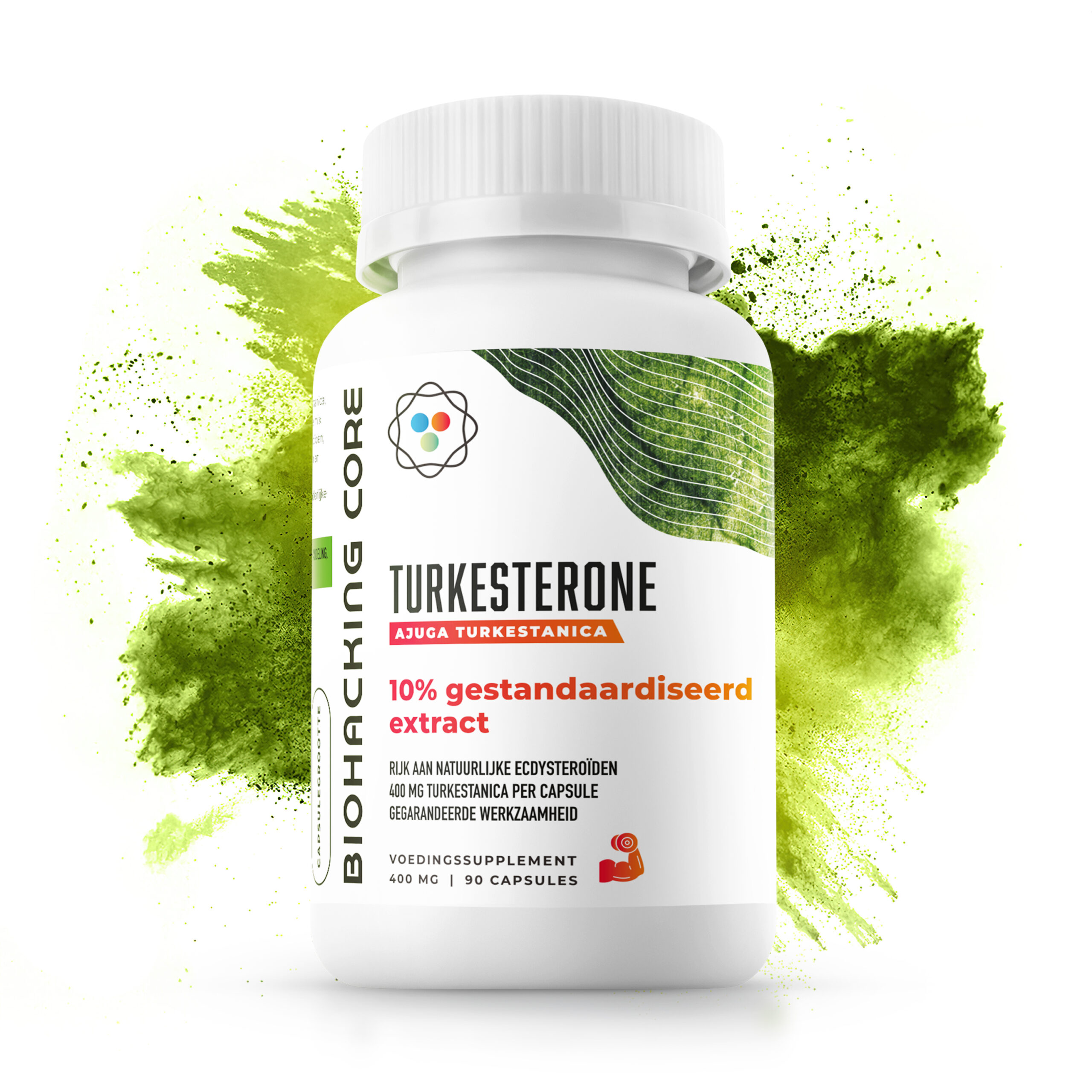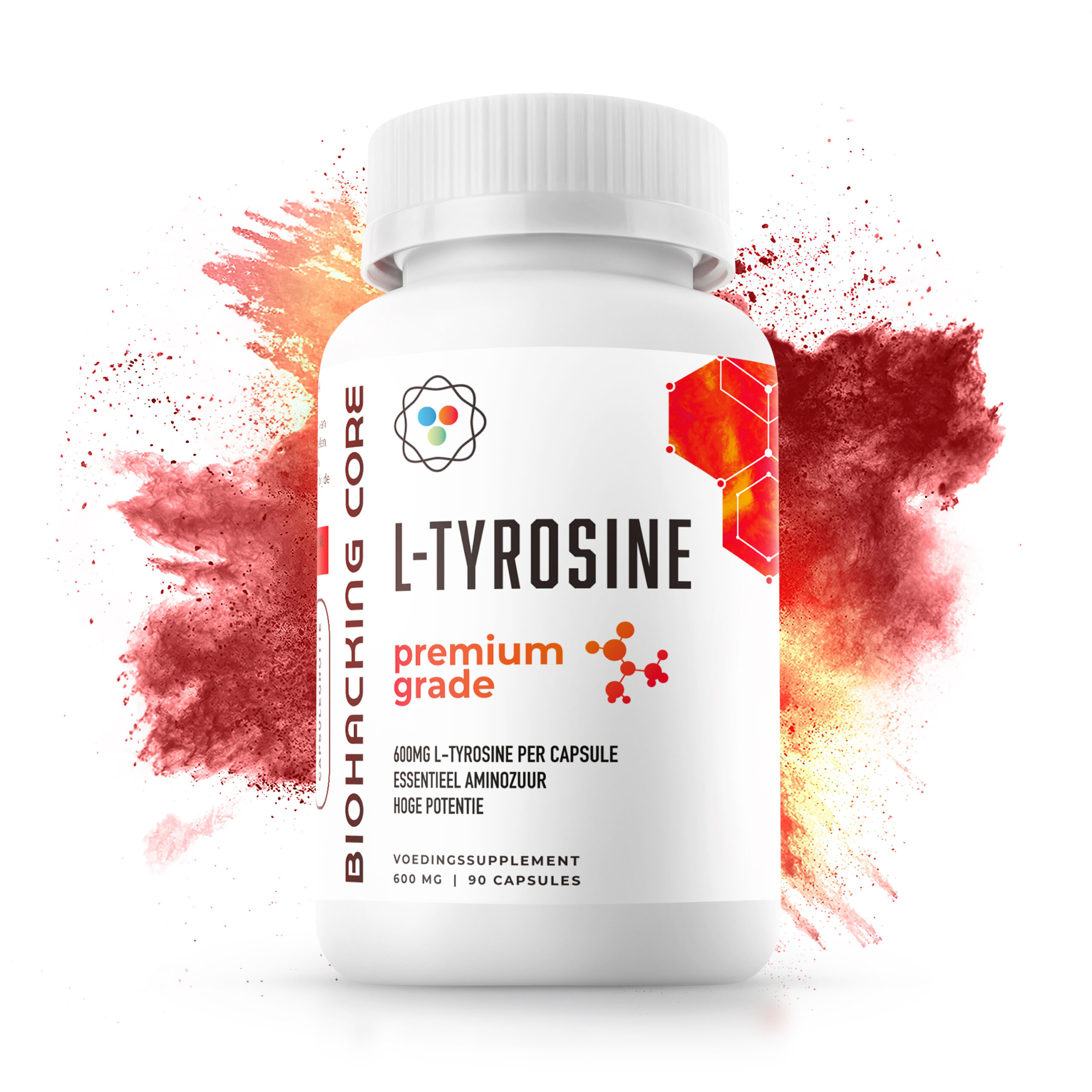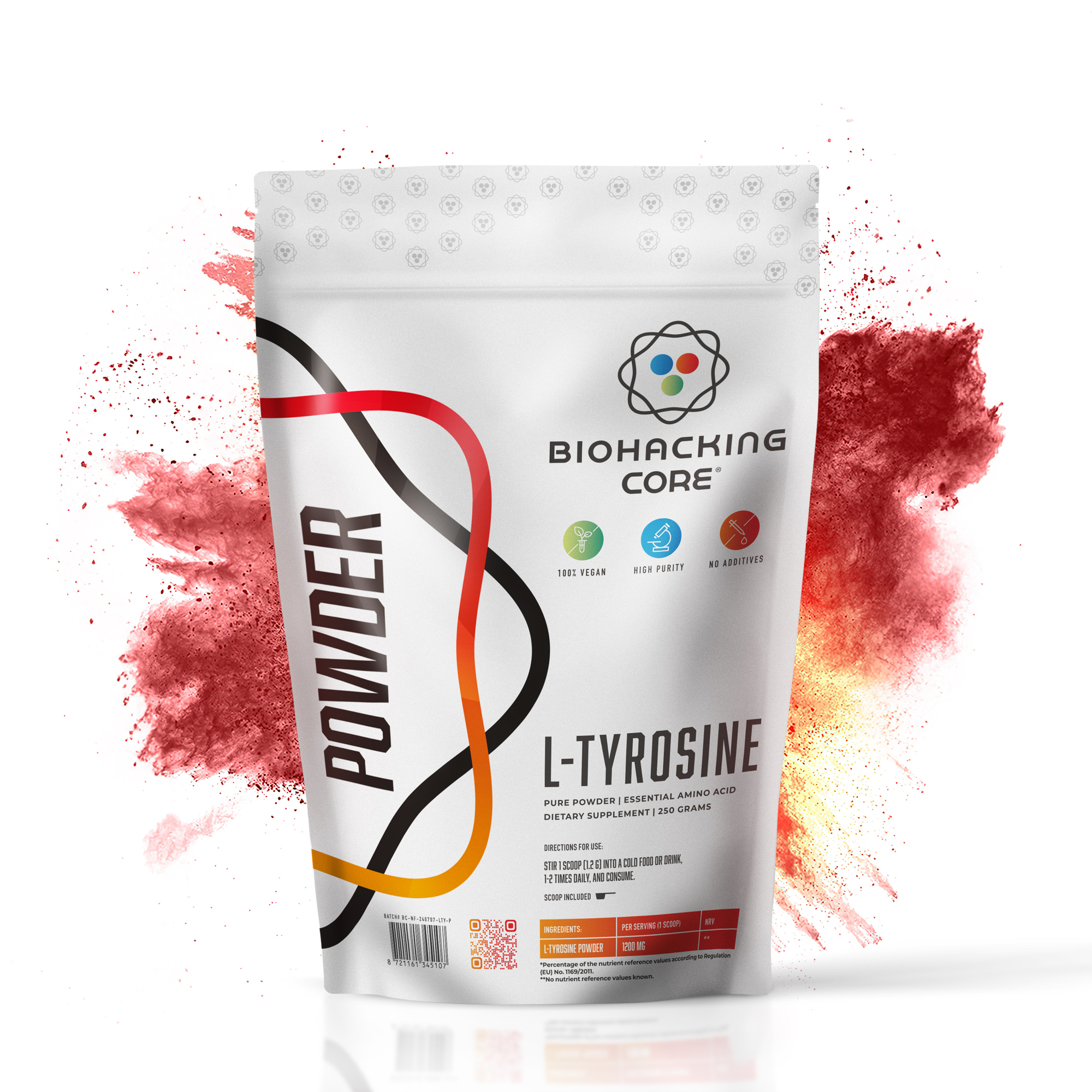

Turkesterone
Productoverzicht
Biohacking Core Turkesterone bevat 400 mg gestandaardiseerd Ajuga turkestanica-extract per portie (10% turkesterone, 40 mg). Geformuleerd met Hydroxypropyl-β-cyclodextrine voor stabiliteit en betere oplosbaarheid. Vrij van onnodige vulstoffen, streng getest op zuiverheid.
Belangrijkste kenmerken
- 400 mg Ajuga turkestanica-extract (10% turkesterone).
- Non-GMO, allergeenvrije formule.
- HPβCD voor optimale biobeschikbaarheid.
- Getest op zware metalen en micro-organismen.
Ingrediënten & Voedingsinformatie
- Portiegrootte: 1 stuk
- Hoeveelheid per portie:
- Ajuga turkestanica-extract (10% turkesterone): 400 mg
- Turkesterone: 40 mg
- Overige ingrediënten: Hydroxypropyl-β-cyclodextrine, cellulose (omhulsel).
Aanbevolen gebruik
1–2 stuks per dag*
Kwaliteit waarop je kunt bouwen
Elke batch wordt standaard getest op minimaal 10% turkesterone (~10,5%). Er wordt gecontroleerd op zware metalen (lood, kwik, cadmium, arsenicum) en microbiologische zuiverheid.
Verpakking & Bewaring
- Verpakking: 60 stuks per pot (voorbeeld).
- Bewaring: Koel en droog bewaren, pot goed afgesloten houden.
Waarschuwingen & Let op
- Alleen voor volwassenen.
- Niet gebruiken bij zwangerschap of borstvoeding zonder advies.
Disclaimer
Dit product is een voedingssupplement en is niet bedoeld om ziektes te diagnosticeren, behandelen, genezen of voorkomen. Dit product is GEEN geneesmiddel, het is GEEN vorm van recept- of vrij verkrijgbare medicatie. Dit product mag geen evenwichtige voeding of gezonde levensstijl vervangen; het is geen vervanging voor medicatie of behandeling van gezondheidsproblemen. Overschrijd de aanbevolen dagelijkse dosering niet. Raadpleeg altijd een medisch of voedingsdeskundige voordat je wijzigingen in je voeding aanbrengt. Volg de aanwijzingen op het etiket.








 Netherlands
Netherlands  Czech Republic
Czech Republic  Finland
Finland  France
France  Germany
Germany  Greece
Greece  Hungary
Hungary  Ireland
Ireland  Latvia
Latvia  Lithuania
Lithuania  New Zealand
New Zealand  Norway
Norway  Poland
Poland  Romania
Romania  Slovakia
Slovakia  Sweden
Sweden 